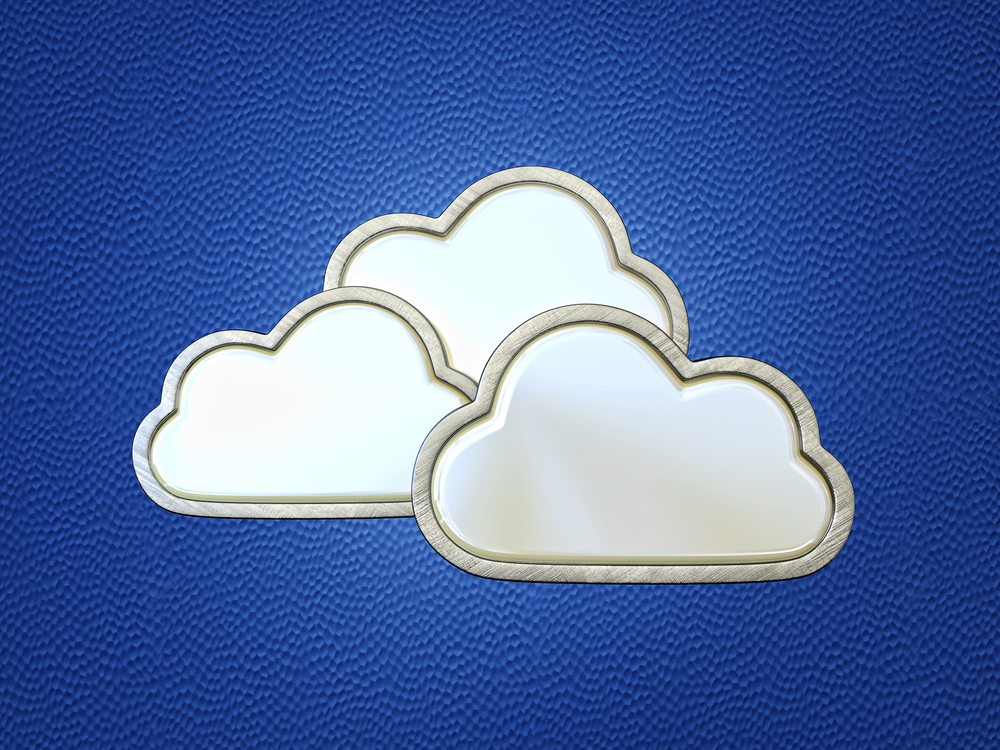Why Cloud Backups are Worth a Second Look
Computers fail sometimes. It’s not really news, but it’s something that you may need to think about more carefully than you have in the
past. All companies need to have a plan in place to recover essential data if it’s lost in a computing disaster of some sort. While you can turn to several options for creating backups, the best solution is almost always to have a cloud backup rather than a local one.
What is a Cloud Backup?
With the rise in Internet connection speed, it has become much more feasible to back up data over an Internet connection rather than creating backups over a significantly faster local network. A cloud backup is stored remotely, but you can access it at any time through the Internet. Depending on the type of backup you set up, the program may create a new copy of every file you modify, or software may work out the differences between the most recent versions and adjust the stored file accordingly. This may happen in real time or on a periodic basis, depending on your settings.
Benefits of Cloud Backups
When cloud backups are a new concept to you, it’s helpful to take a look at their benefits. The arguments for cloud backups are actually
quite convincing.
- You don’t have to purchase and store local backup servers unless you want to create both types of backups.
- All of your files are stored offsite and are available to you in case of a disaster that destroys your entire local facility.
- Fast connection speeds and advanced technology typically make it possible to create cloud backups without overly slowing your connection speed.
- The cloud-based service is typically less expensive than dedicated offsite servers because you can share storage space.
- Restoring from backups can be an automated process to get you up and running again very quickly after a disaster.
- Most cloud backup companies create multiple copies of your data and save it at several sites.
- Your backups can be quickly virtualized to get you up and running quickly after a disaster.
Shortfalls of Local Backups
On the flip side, take a look at why local backups may not be adequately meeting your disaster recovery needs on their own.
- Disasters like floods and fires in the office can destroy your primary computers and backups in one fell swoop, leaving you with nothing.
- You have to physically manage your local backups, requiring additional computing power and IT staff.
- Restoring data after a disaster can take longer because you don’t have all the benefits of virtualization.
Setting Up Your Data Recovery Plan
While it may give you peace of mind to have local backups because you can see the servers and have control over them, you should use cloud backups as at least part of your data recovery plan. For example, if you’re worried about bandwidth, perhaps you want to create local backups in real time and set your servers to update cloud backups every evening or every weekend. That way at least you won’t lose everything if a disaster destroys all of your local data. Many companies are moving to the cloud these days, and you may find after trying it that you want to exclusively switch to the cloud.
